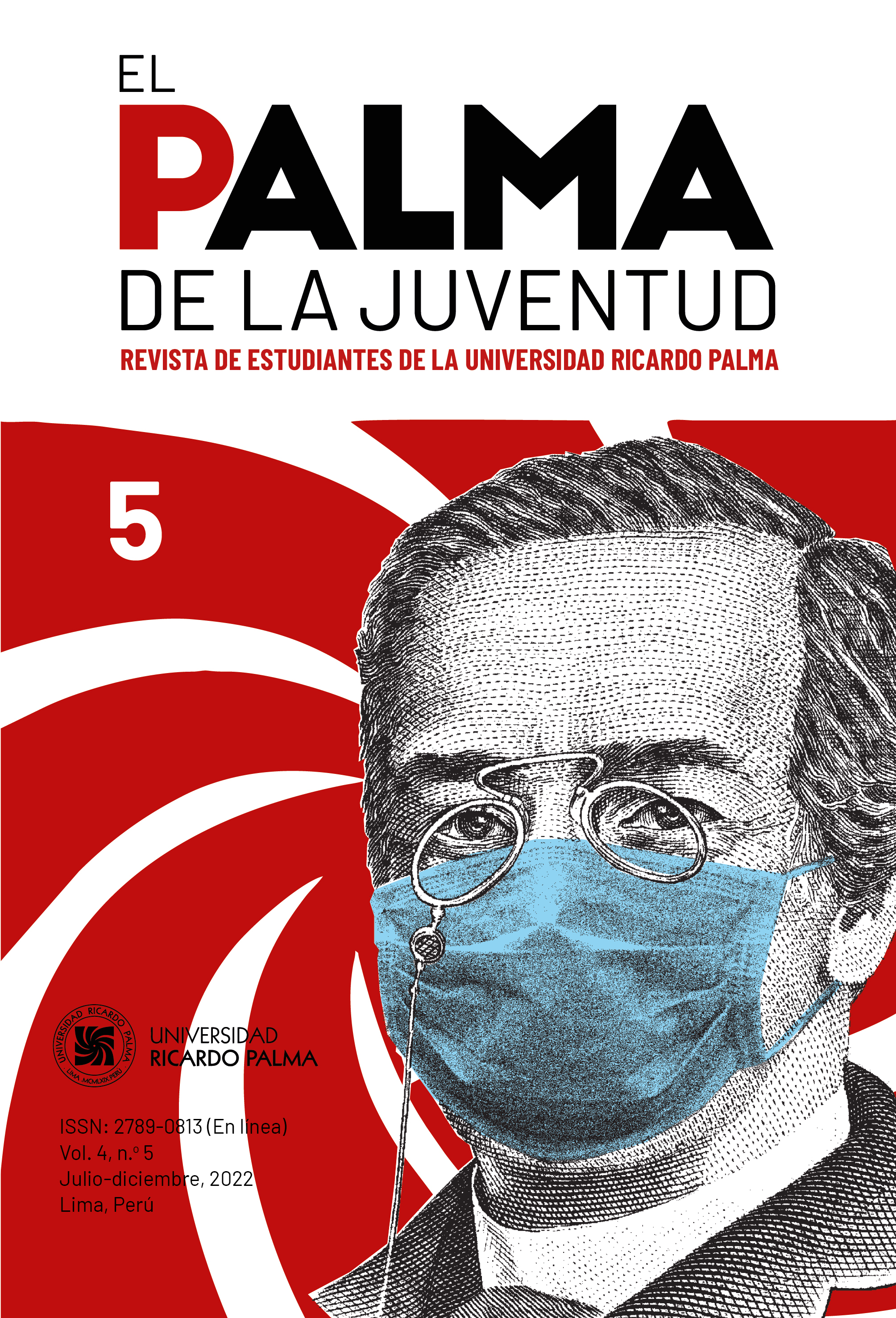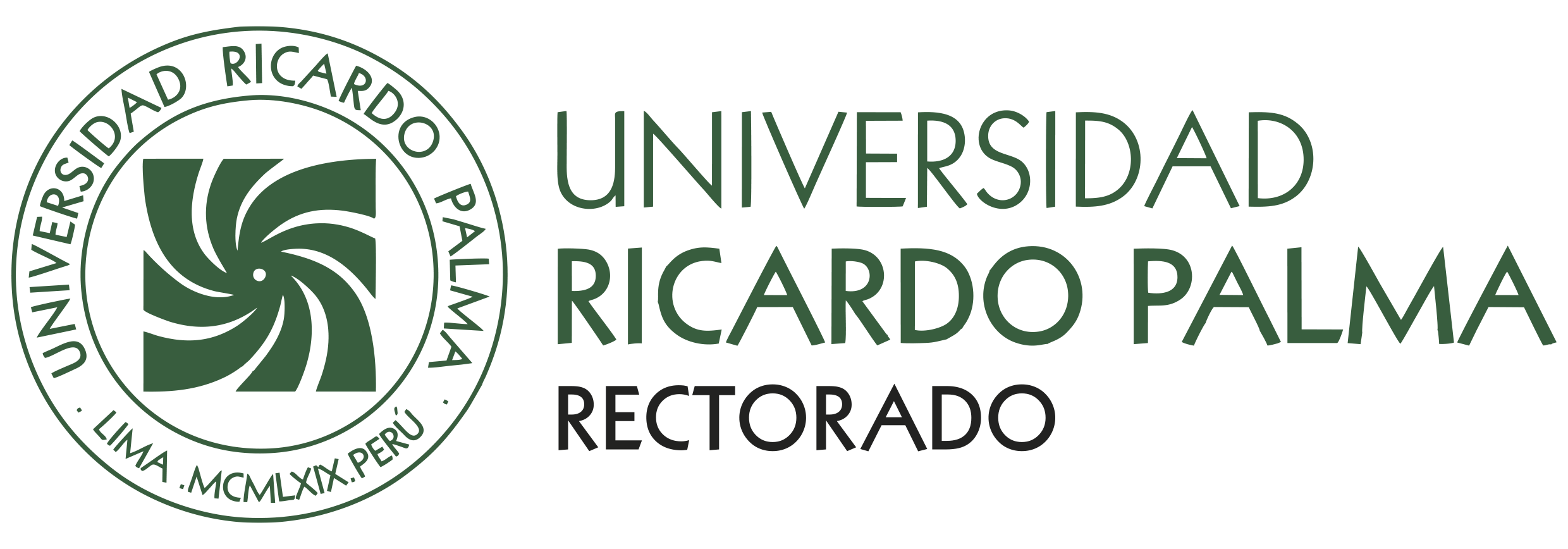Legal analysis of marriage, its dissolution and the distribution of the inheritance in "El divorcio de la condesita" by Ricardo Palma
DOI:
https://doi.org/10.31381/epdlj.v4i5.4879Keywords:
Tradiciones peruanas (Peruvian Traditions), inheritance, dissolution of marriage, marriageAbstract
This article will analyze, from a legal perspective, the story «El divorcio de la condesita», by Ricardo Palma, who in this text narrates the life of Marianita, a thirteen year old girl who is forced to marry Count Dávalos, a man over sixty years old. Subsequently, Marianita manages to avoid the cohabitational consummation of the marriage, escaping and taking refuge in a convent to then file a divorce suit, a dispute that ends with the death of the count, and this fact causes Marianita to receive her late husband’s inheritance. In this sense, this paper will develop the legal acts of marriage, its dissolution and inheritance, as well as the social notions that were held during the viceregal era and the changes that acquired or remain until today.
References
Avendaño, E. (2006). La mujer ante la determinación del matrimonio en la Mérida colonial. Otras Miradas, 6(1), 54-60. https://www.redalyc.org/articulo.oa?id=18360105
Cabello, C. J. (2001). Divorcio ¿remedio en el Perú? Derecho PUCP, (54), 401-418. https://revistas.pucp.edu.pe/index.php/derechopucp/article/view/6528/6609
Mejía, Y. (1997). Divorcios en Lima del siglo xviii (1700-1750). Alma Mater, (13-14). https://sisbib.unmsm.edu.pe/bibvirtual/publicaciones/alma_mater/1997_n13-14/divorcios.htm
Palma, R. (2000). El divorcio de la condesita. En Tradiciones peruanas. Quinta serie. Biblioteca Virtual Miguel de Cervantes. https://www.cervantesvirtual.com/obra-visor/tradiciones-peruanas-quinta-serie--0/html/ff16cde8-82b1-11df-acc7-002185ce6064_3.html#I_37_
Downloads
Published
How to Cite
Issue
Section
License
Copyright (c) 2022 Xiomara Luz Aguilar Laura

This work is licensed under a Creative Commons Attribution 4.0 International License.
La revista utiliza una licencia Creative Commons para mostrar a los lectores y usuarios cómo se pueden utilizar los contenidos publicados.
Los contenidos publicados en esta revista están bajo una licencia CC-BY 4.0. Esta licencia permite:
- Compartir, copiar y redistribuir el material en cualquier medio o formato.
- Adaptar, remezclar, transformar y construir a partir del material para cualquier propósito, incluso comercialmente.
Bajo los siguientes términos:
- Atribución. Usted debe dar crédito de manera adecuada, brindar un enlace a la licencia, e indicar si se han realizado cambios. Puede hacerlo en cualquier forma razonable, pero no de forma tal que sugiera que usted o su uso tienen el apoyo de la licenciante.










